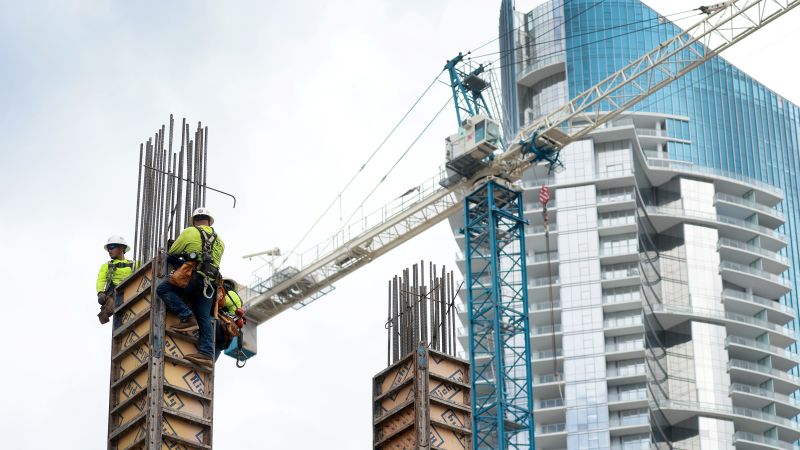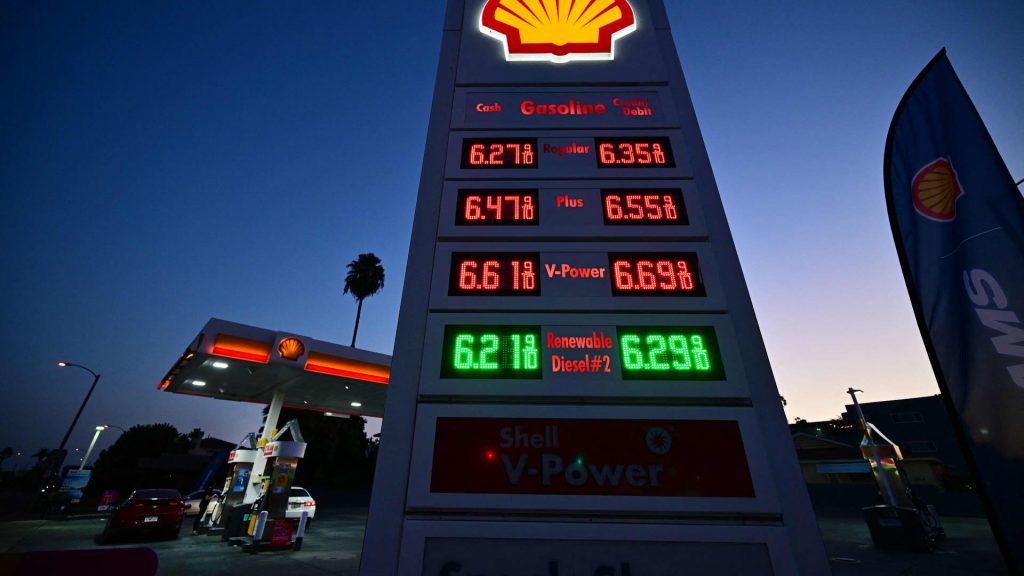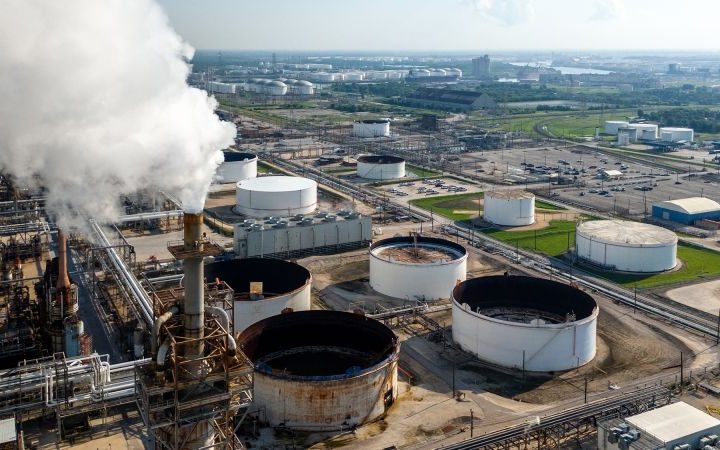A version of this story first appeared in CNN Business’ Before the Bell newsletter. Not a subscriber? You can sign up right here. You can listen to an audio version of the newsletter by clicking the same link.
The labor market is strong and Americans are earning more money.
But they should probably hold off on the champagne and caviar because while the rich are definitely getting richer, for everyone else, the story is a bit more complicated.
What’s happening: Tuesday’s Employment Cost Index showed that total compensation paid to US workers grew at a faster pace than expected last quarter.
Wage growth advanced at a healthy 1.2% pace in the July-through-September period, accelerating from the 1% rise that the Labor Department reported for the three-month period ending in June.
This month’s Survey of Consumer Finances, published by the Board of Governors of the Federal Reserve Board last week, also showed that American households were getting wealthier.
The Fed survey found that the the average net worth of an American household when adjusted for inflation was a whopping $1.06 million in 2022, up from $868,000 in 2019.
The median (or mid-point) net worth for households has also increased. It’s 37% higher since 2019. However, it was significantly lower than the millionaire-making mean — coming in at $192,900.
The median is resistant to outliers, making it a more reliable measure than the mean, which can be skewed by extreme values.
And while the median net worth has increased significantly, it’s still under $200,000 — far short of the estimated amount Americans should have in retirement savings.
The numbers become more drastic when broken into income brackets: The top 10% of wage earners (who have an average net worth of about $6.6 million) saw their incomes increase by about 22% between 2019 and 2022. Middle-income wage earners saw a 5% increase over the same period.
There was “some increase in income inequality over this period,” said the Fed. Indeed it was one of the largest three-year increases in income inequality over the history of the modern survey, according to the Fed.
That widening gulf between the haves and the have-nots could help explain why Americans are losing confidence about the economic outlook.
For the third month in a row, the Conference Board’s Consumer Confidence Index fell — dropping to 102.6 in October from an upwardly revised 104.3 in September. The index is at its second-lowest level this year, landing a hair above May’s 102.5 reading, according to Conference Board data released Tuesday.
And high prices are making people feel worse. “Consumers continued to be preoccupied with rising prices in general, and for grocery and gasoline prices in particular,” Dana Peterson, chief economist at the Conference Board, said in a statement on Tuesday.
Consumers with a household income between $25,000 to $35,000 saw the biggest decline in confidence about the economy over the past month. In contrast, consumers with a household income between $100,000 to $125,000 saw the biggest jump in confidence over the past month.
Bridging the investment gap: That being said, the rise in retail investing has increased significantly since 2019, according to Fed data.
The percentage of American families that own individual stocks and not just retirement funds is near record highs. Share ownership among Americans under 35, who traditionally don’t invest as much as their older counterparts, has hit a record high. As has investment from Black and Hispanic Americans.
That means the economics of Wall Street, not just Main Street, have an increasing impact on the wallets of everyday Americans.
In October, the Dow fell 1.4% and the S&P 500 slid 2.2%. Both indexes notched their first three-month streak of declines since March 2020. The Nasdaq Composite slipped 2.8%.
Bud Light continues to drag on Anheuser-Busch InBev’s bottom line in the United States, reports my colleague Jordan Valinsky.
AB InBev said that sales to US retailers declined nearly 17% “primarily due to the volume decline of Bud Light.” In response, the company cut deals with wholesalers, including writing checks to distributors, and increasing marketing spend on the brand. But that took a toll on the company’s bottom line, and contributed to a 29% decline in adjusted US earnings.
Tuesday’s report painted a bleak picture for Bud Light, sales and shipments of which have weakened dramatically since its brief and limited partnership with trans influencer Dylan Mulvaney in the spring.
In the summer, Bud Light lost its long-held top-selling American beer title to rival Modelo. The Constellation-owned brand has been making inroads in the US market for several years as customers switch their tastes to Mexican lagers.
Sales of Bud Light are still sinking, with volumes down 30% year-over-year for the four weeks ending on October 7, according to NIQ data given to Beer Business Daily newsletter.
In an effort to jumpstart sales, Bud Light has been rolling out marketing campaigns and partnerships it thinks will placate fans. The company has, for example, run ads featuring NFL players which include taglines like “easy to drink” and “easy to enjoy.”
And last week, the UFC switched their beer sponsorship from Modelo to Bud Light in a reportedly record-breaking deal as part of AB’s revitalization efforts of the brand.
While you were busy handing out candy to trick-or-treaters, Federal Reserve officials were doing something a lot less fun, most people would say.
They were discussing the state of the economy and preparing for today’s big decision on interest rates.
This time around, however, it doesn’t feel like such a big decision. That’s because the central bank is widely expected to hold interest rates steady for the second meeting in a row, reports my colleague Elisabeth Buchwald.
It may seem a little strange given all the recent data that’s suggesting the economy has been fairly strong, but that’s because what may appear like good news for the economy isn’t necessarily that good.
For instance, last week’s gross domestic product report, which showed the economy grew at a remarkably strong pace in the third quarter, on the surface sounds like something worthy of celebrating. The Biden administration certainly did.
But many economists’ worried that the third-quarter GDP report shows the economy isn’t growing at a sustainable pace.
In other words, the good times may not last very long before the party’s over and the economy wakes up with a big hangover.
Read the full article here







